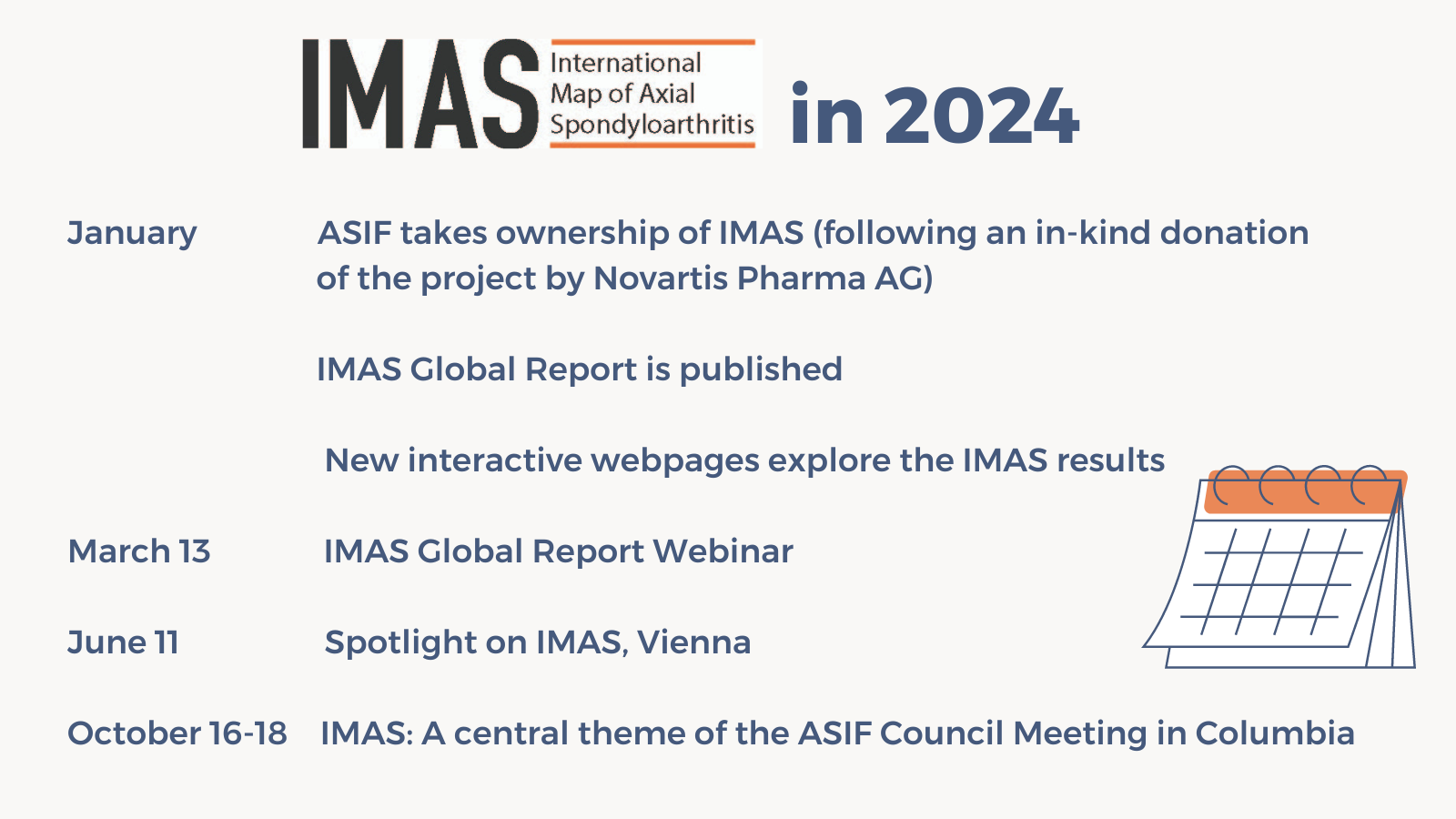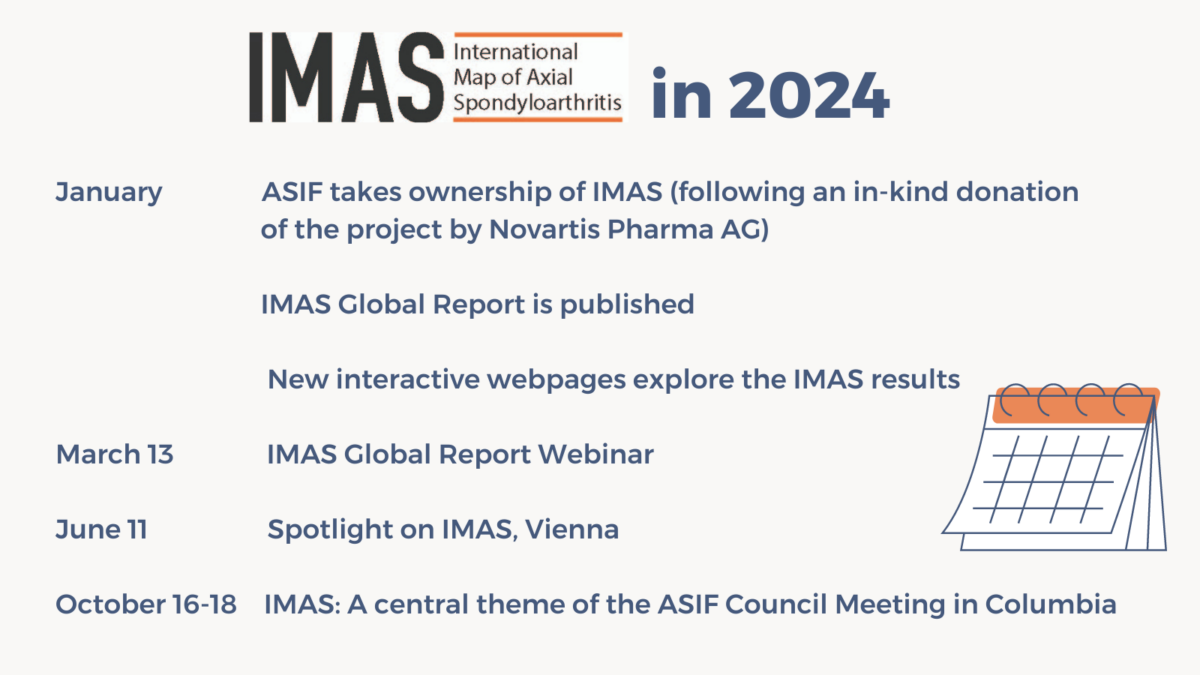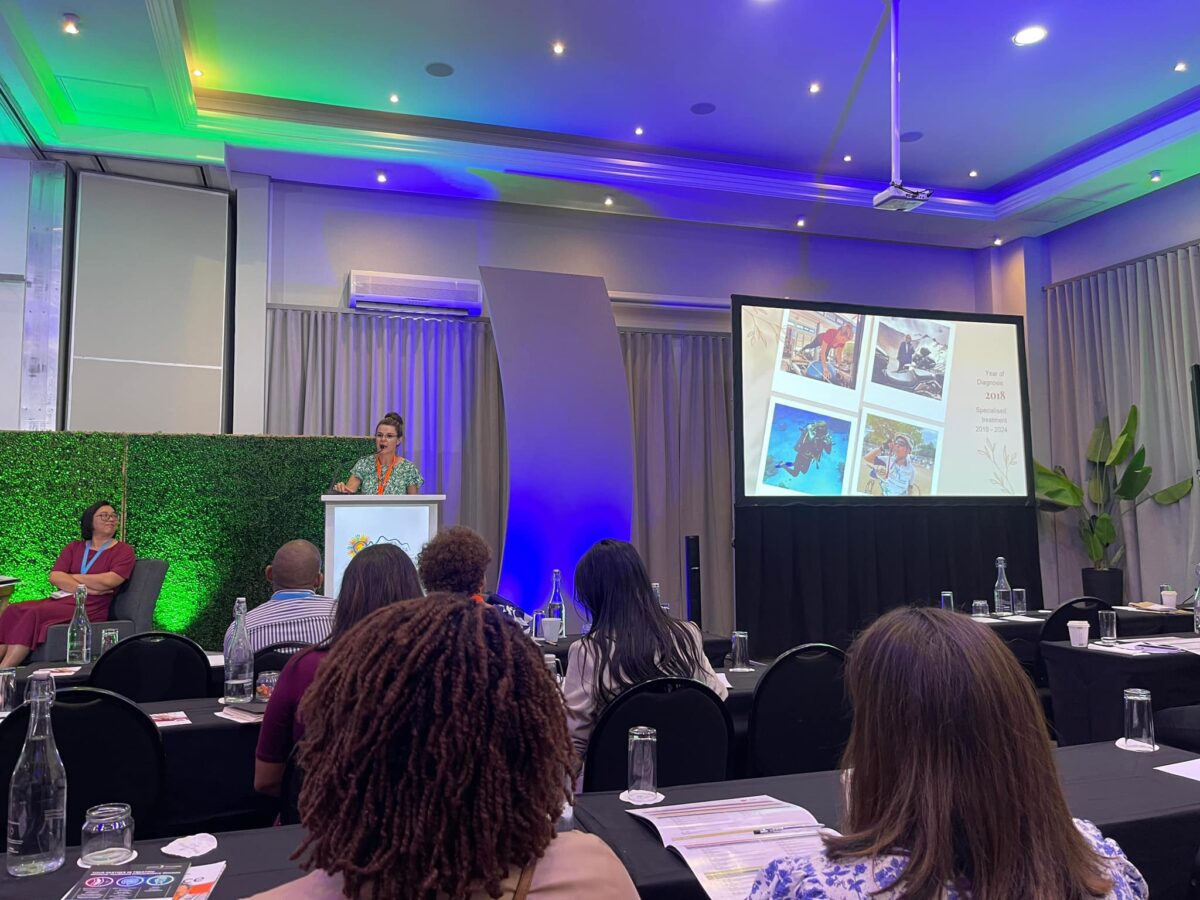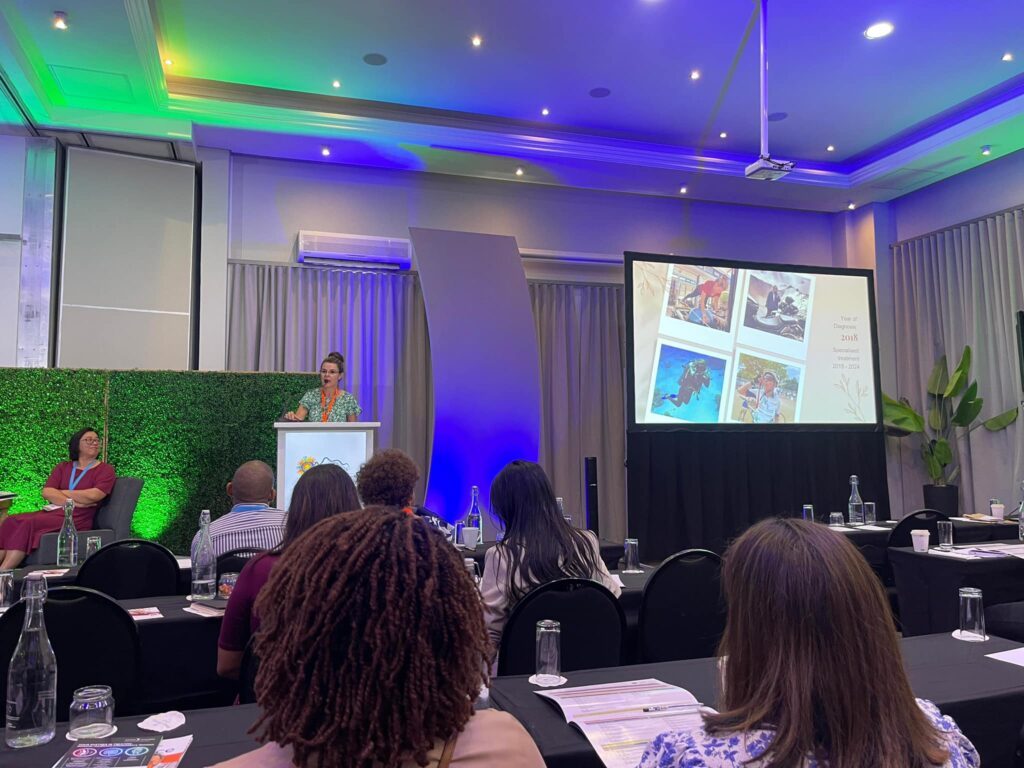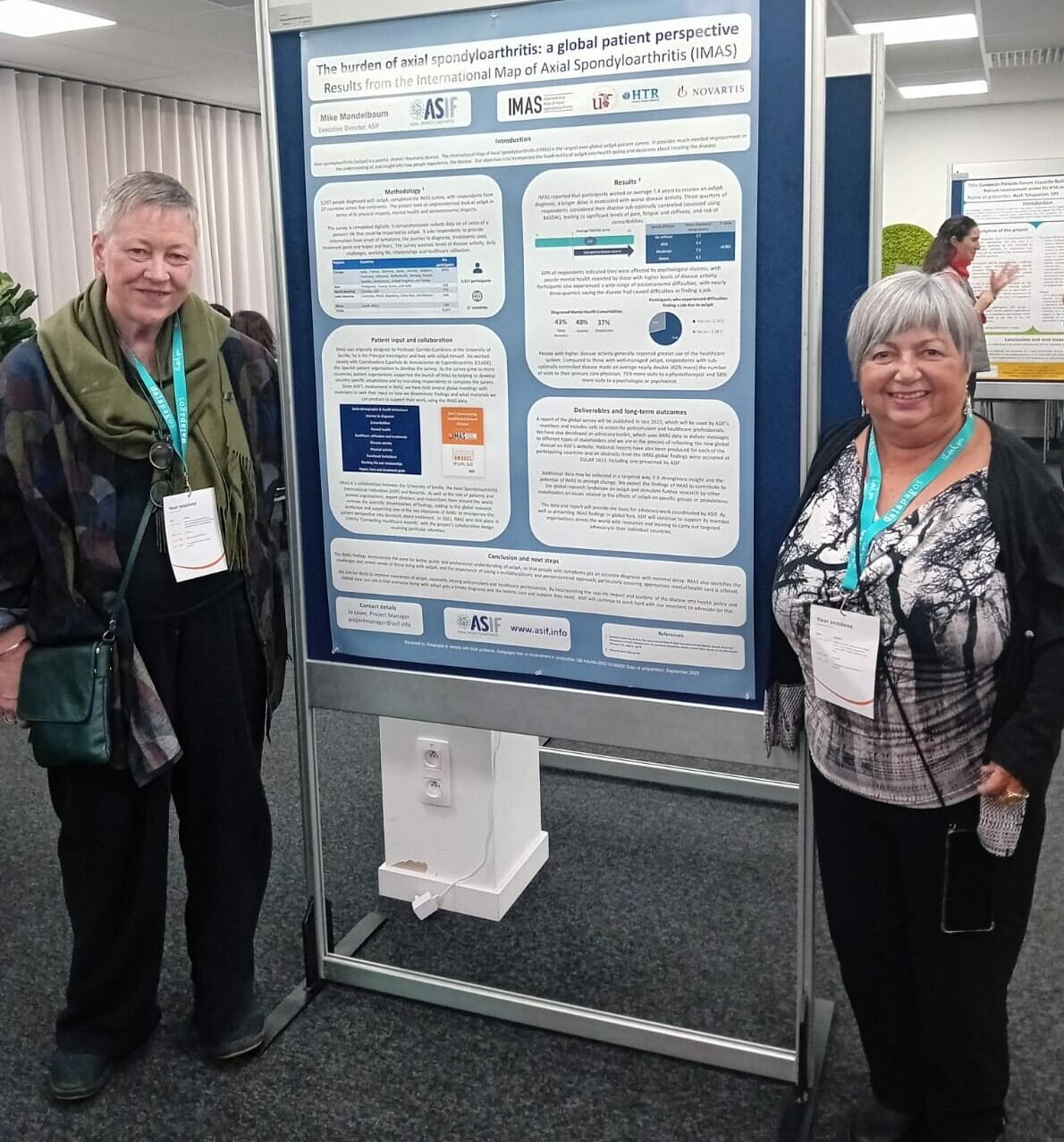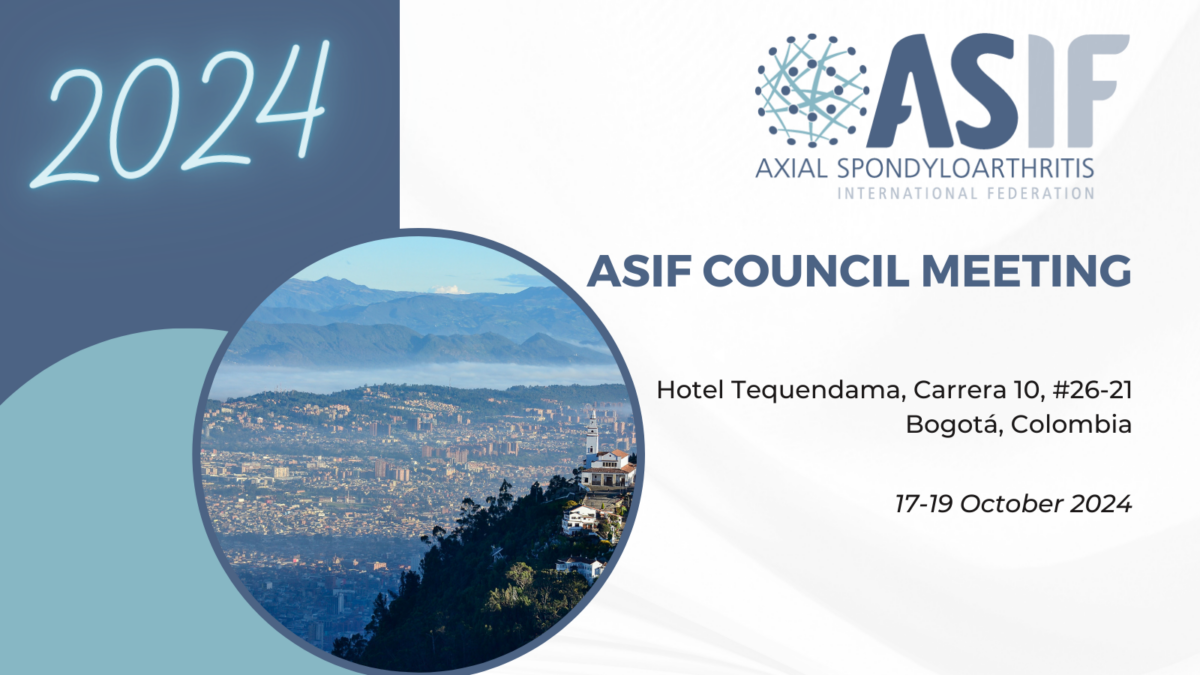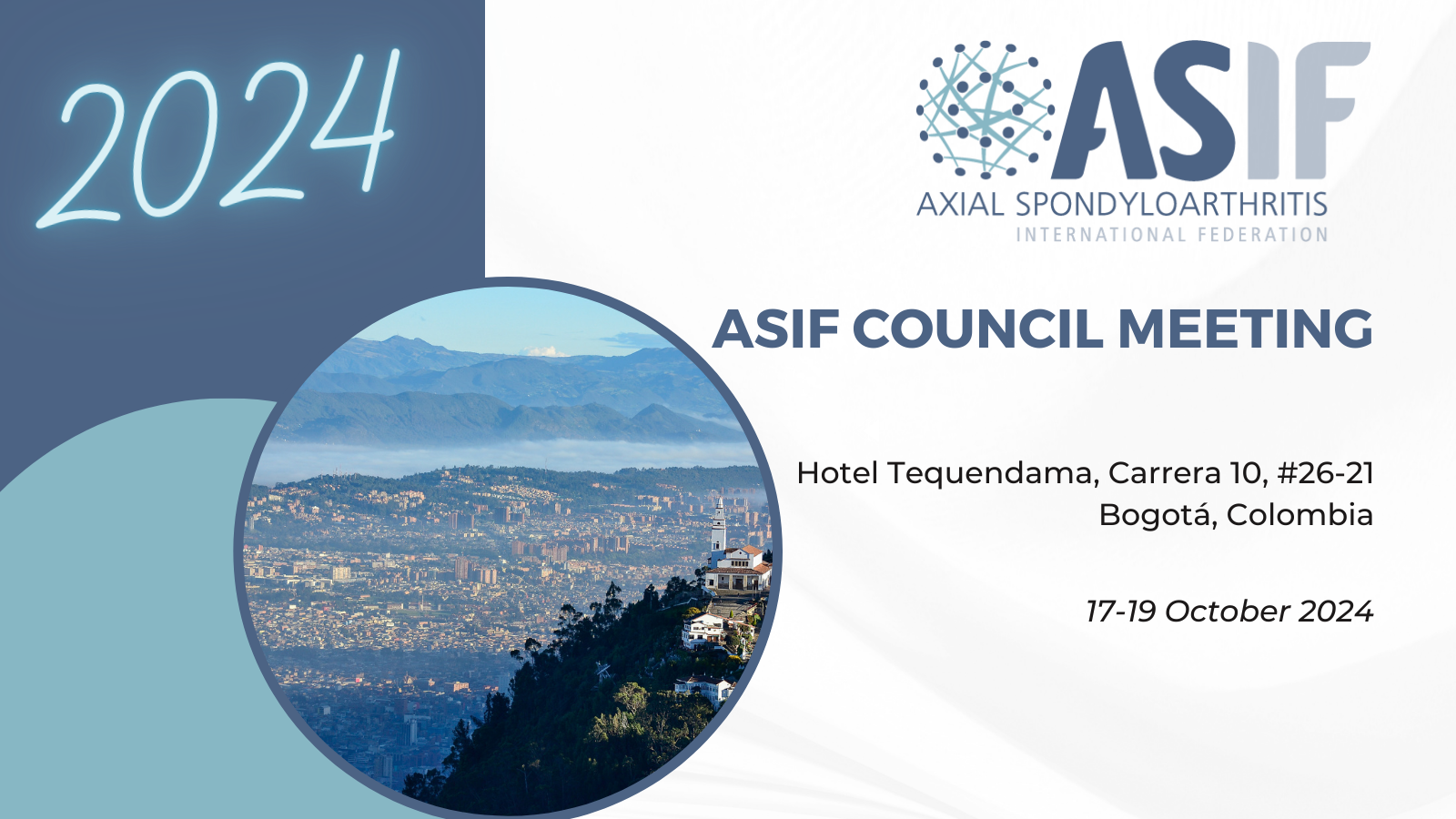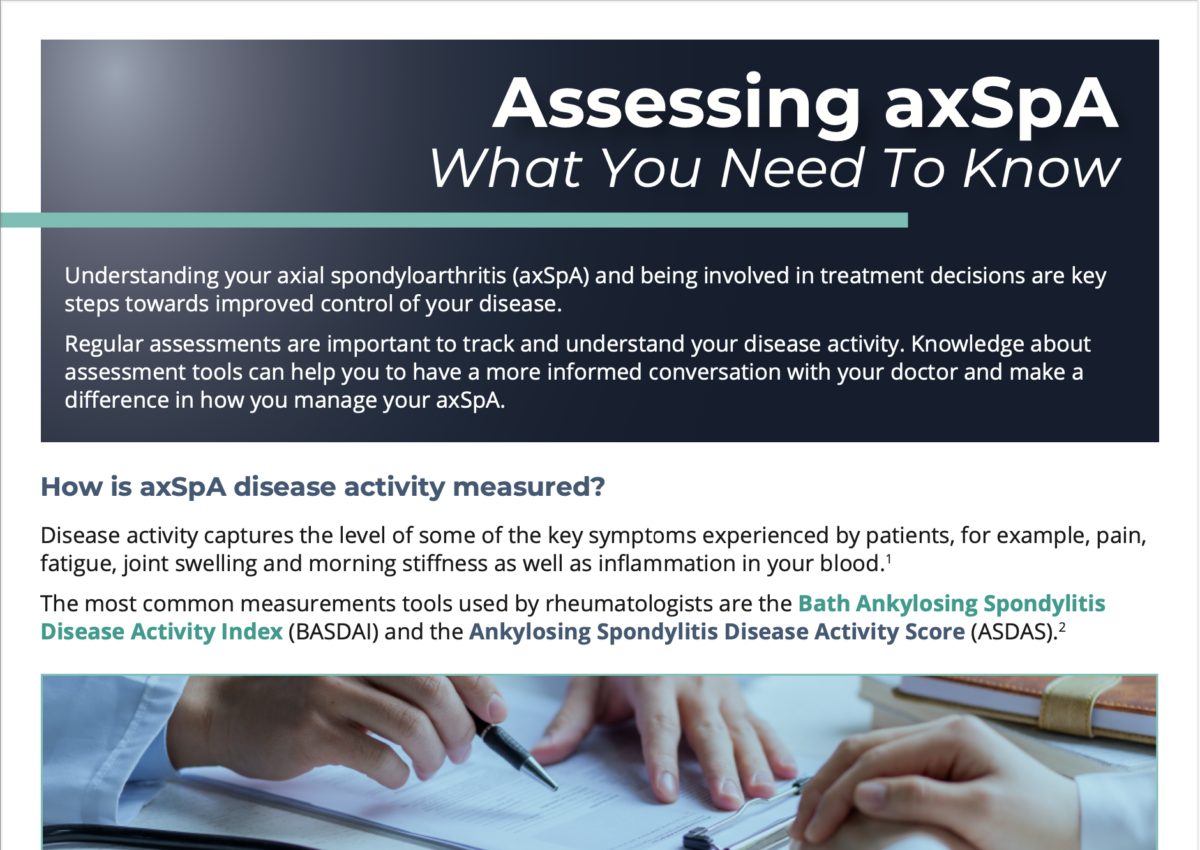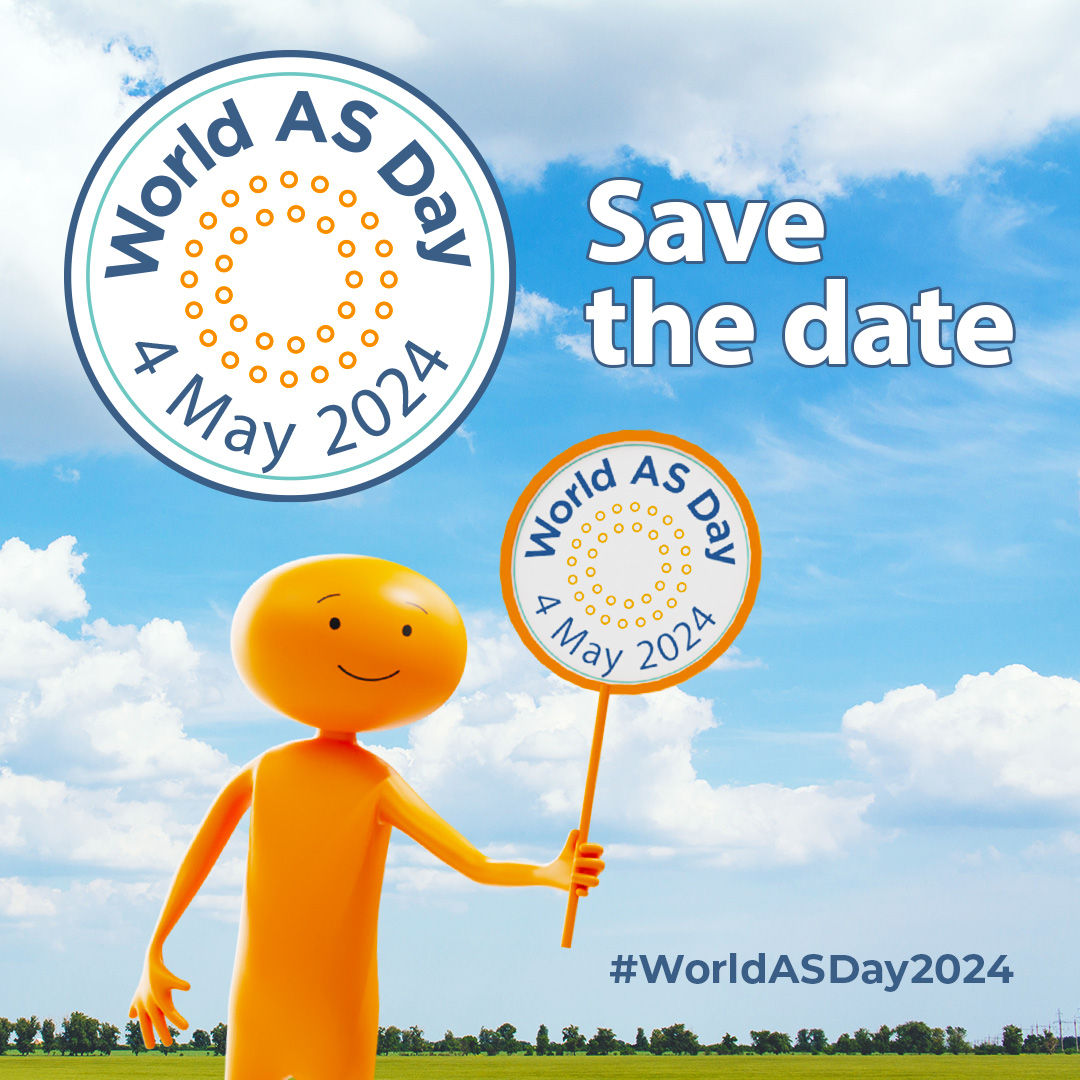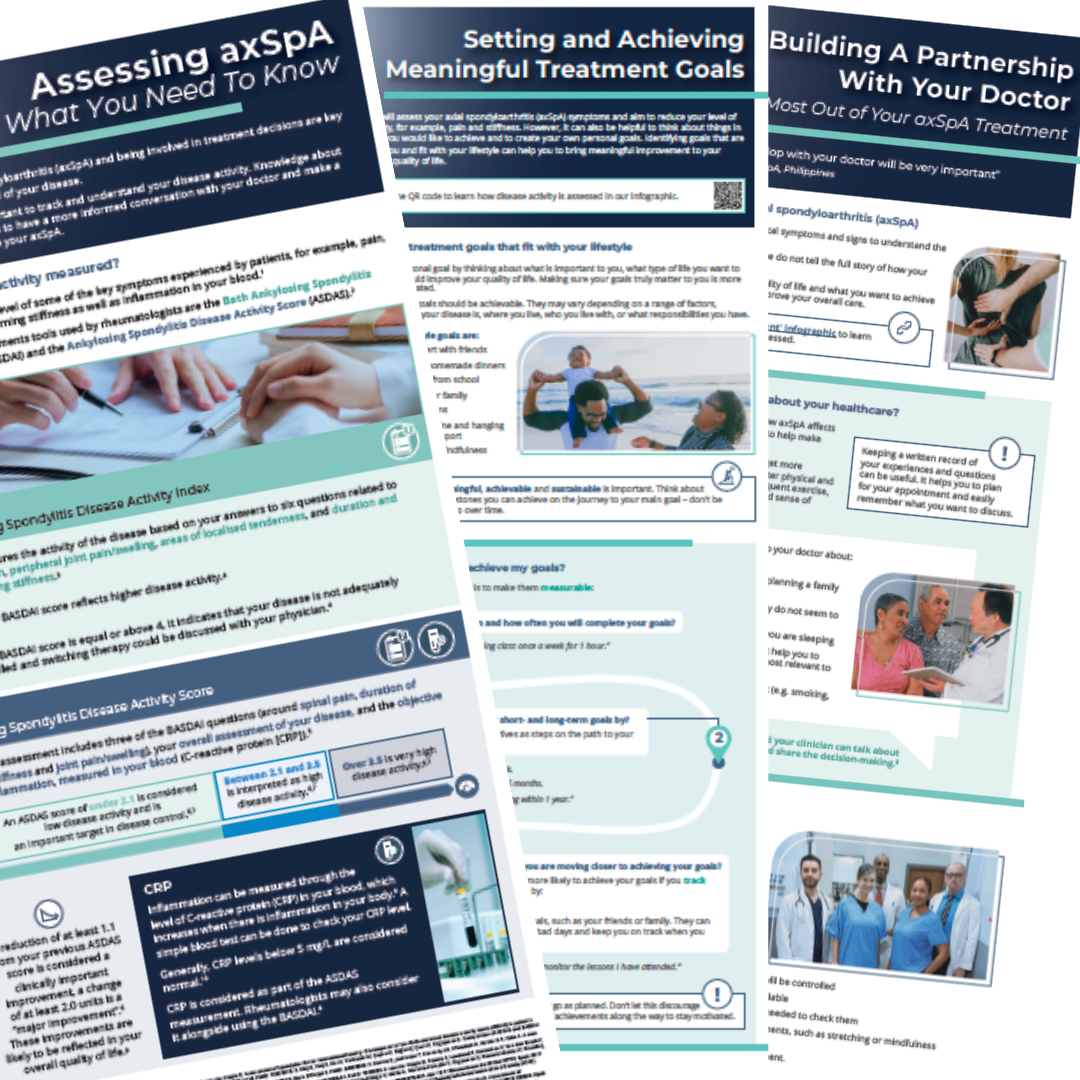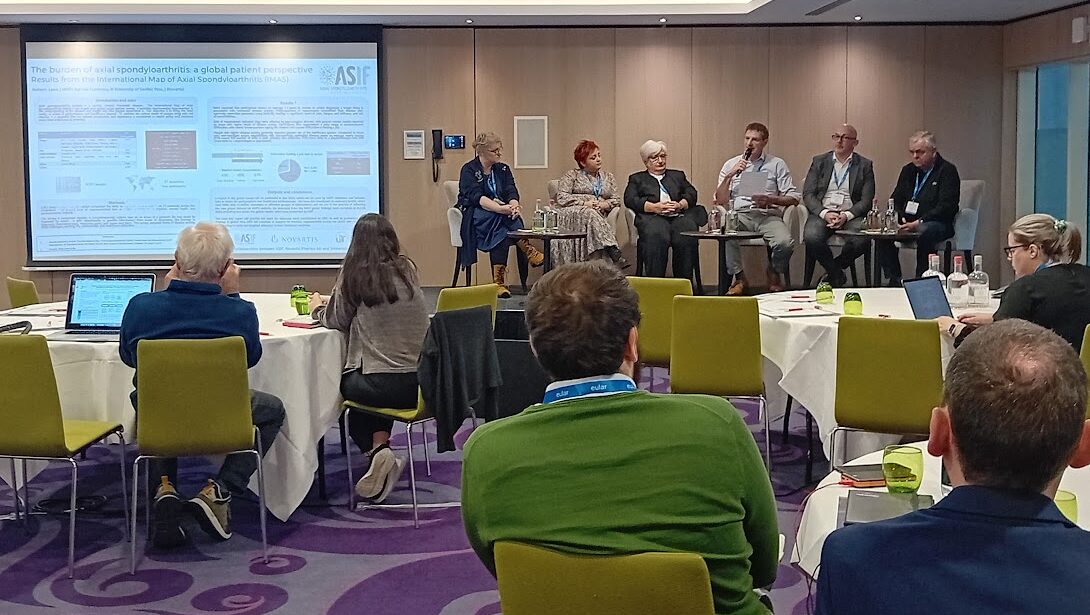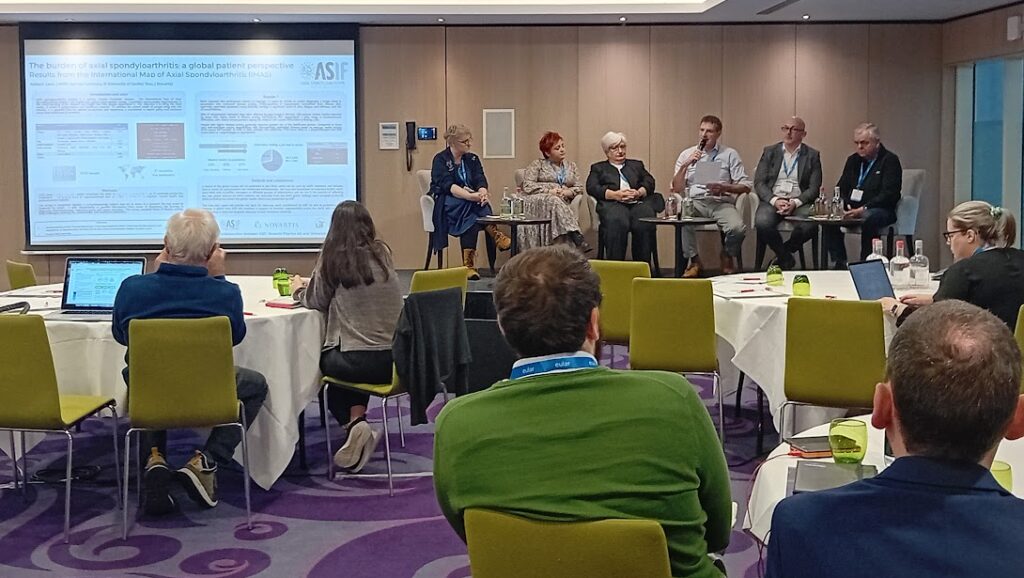ASIF is delighted to offer our members the opportunity to apply for a £500 World AS Day (WASD) Social Media Grant. The grant is to be used exclusively for boosting WASD social media posts and ads.
In previous years ASIF has boosted WASD posts to countries where our members operate, however the posts have linked back to our website. We believe it would be more beneficial to people living with axSpA in those countries if the content was boosted on our members’ channels and linked directly to their websites.
We understand that many of our members do not have the funding available for social media. We hope these six £500 grants enable members to raise awareness with more people during the WASD campaign period.
Over recent years the algorithms used by the main social media platforms (Facebook, Instagram, X (formally Twitter) and Linked In) have made it increasingly difficult to reach significant numbers of people through organic (non-boosted) posts. Paid campaigns ensure that content is seen by more people and can be targeted to specific audiences.
Eligibility: The organisation must be a member of ASIF.
Number of grants available: 6
Support: ASIF will run a webinar demonstrating how to boost posts and create ads, and use analytics to measure performance. It will also cover how to target specific audiences across each of the social media platforms listed above. All members are welcome to attend the webinar, regardless of whether they are a grant recipient or not.
We understand that managing social media can feel overwhelming with all the different platforms and options, which is why we can arrange additional one-to-one or small-group sessions following the webinar.
Post-WASD: It is a condition of the grant that the recipient provides feedback on the results of the boosting/ad campaign in terms of number of people reached and engagement levels etc. Details of the information required will be provided to the grant recipient prior to WASD. The report is not intended to be onerous, it will simply provide important feedback on the success of the campaign. This feedback will help to create a picture of the global impact WASD has and will help inform the decision to provide future grants.
Deadline for the Post-WASD Report: 8 June 2024
Application deadline: 10 January 2024
For more information or to arrange a short video call before applying please contact us.
Obligations of grant recipient:
- When confirmation of the grant is provided to the organisation:
- Sign the agreement
- Provide bank account details
The grant recipient agrees to:
- Spend the grant exclusively on paid social media – the grant must not be spent on staffing or other costs
- By 8 June 2024:
- To complete the evaluation form provided by ASIF, detailing how the grant was spent and its impact
- To provide receipts to evidence the spend
- To return any unused portion of the grant to ASIF
Decision Making Process
Applications will be considered by the ASIF team and endorsed by the Trustee Board, who work to the Charity Commission C27 guidelines on trustee decision making.
Grants are awarded entirely at the discretion of the trustees and their decision is final.
Criteria
The Trustees will consider the applications based on:
- Size of organisation (preference will be given to organisations with limited financial resources)
- Current social media presence (preference will be given to organisations that have an existing social media presence – even if it is small)
- The response in the application form to the question: How would your organisation use the grant to boost your social media activity in support of the World AS Day campaign?
Successful applicants will be informed by 31 January.
